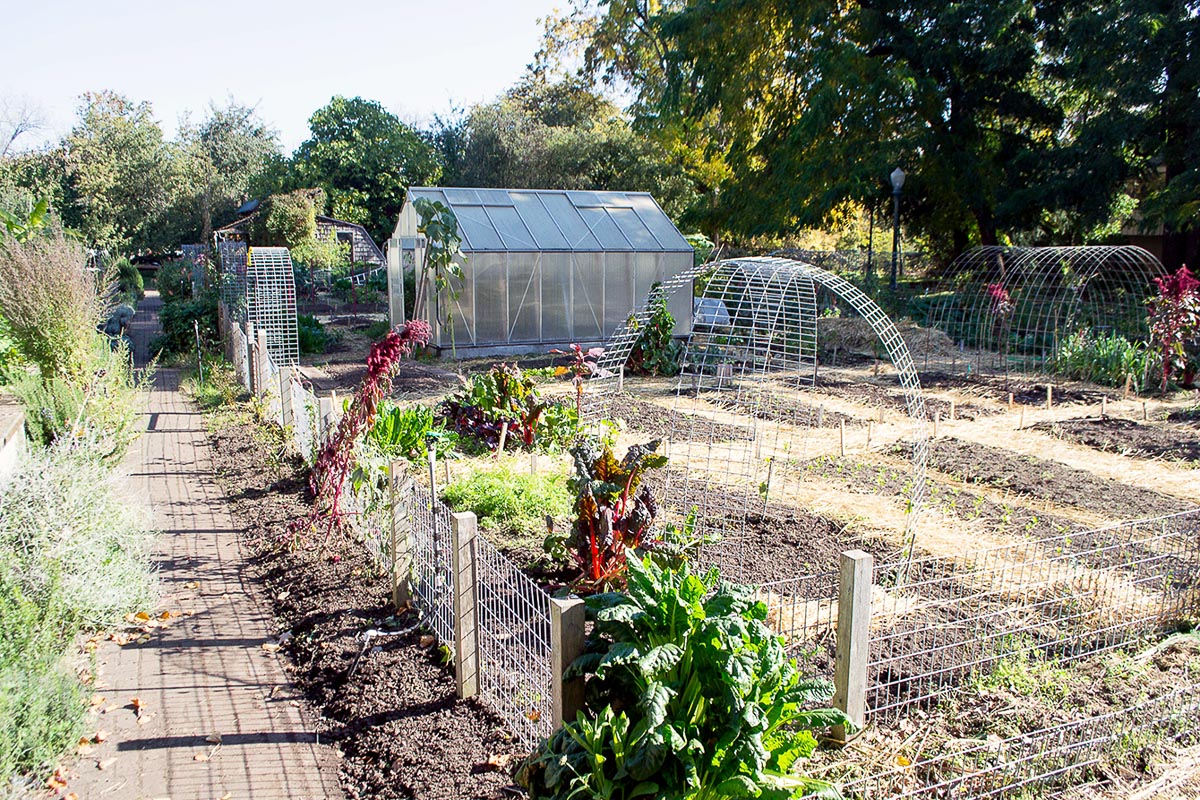The Greatest Guide To City Blooming
Interested in growing food for sale in the City of Chicago? Below is a checklist of regularly asked inquiries relating to the rules and regulations that growers ought to consider when planning an urban agriculture job.
The zoning modification does not change any type of various other codes taking care of composting, structure licenses, buying or leasing City possessed residential or commercial property, service licenses or ecological contamination. There are existing codes that manage these issues and they stay in complete impact and might be appropriate to your project. Community yards are typically had or handled by public entities, public organizations or community-based companies and preserved by volunteers.
Urban farms grow food that is intended to be marketed, either on a nonprofit or for-profit basis. Due to their industrial function, metropolitan ranches call for a business permit.
The 5-Second Trick For City Blooming
The amount of compost material can not surpass 25 cubic lawns at any type of given time according to the requirements in 7-28-715 of the City's Municipal Code. Because the soil at many new yard sites needs changing, garden compost, dirt, wood chips, or other materials can be gotten to create or improve the expanding room.

If a structure permit is called for after that the hoophouse will certainly be considered an accessory building. You can discover more regarding the building permit requirements by contacting the Division of Structures. The 25,000-square-foot size limitation is planned to stop a single area yard from dominating a provided block or taking away from the block's existing household or commercial character.
The limit does not use to gardens situated in Public Open Area (POS) areas. Can there be more than one area yard that is 25,000 square feet on a solitary block? Secure fencing is not needed, nevertheless, gardens that have big vehicle parking areas might be required to mount fencing or various other landscape design functions.
City Blooming - Truths
B1 & B2 areas require that all industrial usage tasks be carried out indoors. R districts restrict industrial activity. The guidelines show the function and intent of the Zoning Code. Is fencing required for metropolitan farms? Yes. Fencings may be called for, together with landscape design and screening, for certain car parking areas and outdoor work or storage here are the findings locations depending upon location and the certain activity happening.
Yes. Urban ranches call for structure licenses and zoning approvals before building. Various other types of city evaluation might be needed depending upon certain structures, activities, dimension, landscaping, licensing, public heath and stormwater administration concerns. A lot of these needs are identified in the project design or permitting procedure, nonetheless, the candidate might be responsible to independently determine specific licenses or permits that may be required.
The Department of Company Affairs and Consumer Protection can aid determine the details type of company license that's needed. Off street car parking is needed for many industrial projects in Chicago. The required number of car park areas is based on the number of staff members working on website and not the square video footage of the expanding space.
The Greatest Guide To City Blooming

An urban ranch can sell compost material produced on site, nonetheless, the procedure needs to conform with the laws in 7-28-715 of the Chicago Municipal Code. Aquaponic systems are permitted inside your home on metropolitan farms in several zoning districts.
Up to five hives or nests of honey bees might be kept as an accessory use. However, beekeepers should register with the Illinois Department of Farming. For more details concerning the suggested zoning amendment you may contact the Division of Housing and Economic Advancement, Bureau of Planning and Zoning at 312.744.8563.
Farming in cities and urban areas A metropolitan farm in Chicago. Urban agriculture refers to numerous methods of growing. https://www.goodreads.com/user/show/179466644-daniel-nold, handling, and dispersing food in metropolitan locations. The term additionally relates to the location activities of pet husbandry, tank farming, beekeeping, and cultivation in a metropolitan context. Urban agriculture is identified from peri-urban agriculture, which takes place in rural locations beside suburbs.
The Facts About City Blooming Revealed
It can entail an activity of organic cultivators, "foodies" and "locavores", that seek to develop social networks established on a common principles of nature and neighborhood holism. These networks can establish using formal institutional assistance, becoming integrated into local town planning as a "transition town" movement for sustainable city development.
Some of the very first evidence of city farming comes from Mesopotamia.
Comments on “Not known Facts About City Blooming”